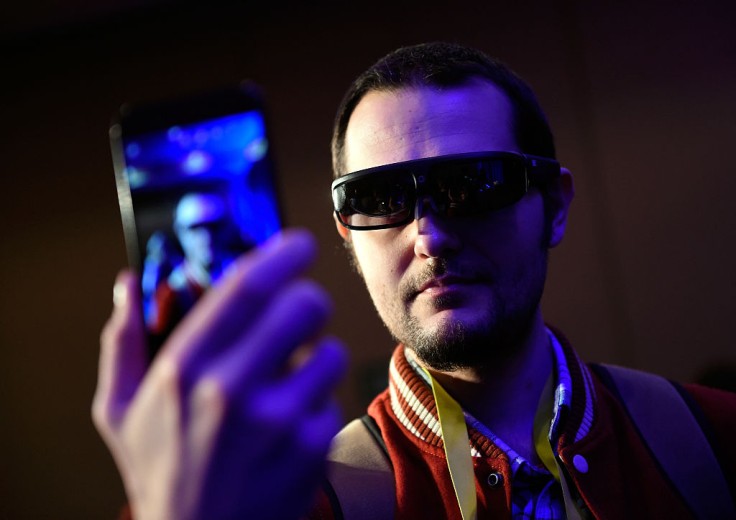
As Facebook started its foray into wearables with its smart glasses in partnership with Ray-Ban--called the Ray-Ban Stories--Chinese phone maker Xiaomi has introduced its own concept smart glasses
Xiaomi's Smart Glasses shows what the company is known for: embedding smartphone capabilities in front of the wearer's eyes, Extreme Tech reported. The company said the smart glasses utilizes optical waveguide technology to show images, such as navigation arrows and messages on the lens.
Xiaomi Smart Glasses Visuals Powered by 0.13 Monochrome MicroLED Display
A 0.13-inch monochrome MicroLED display powers the Smart Glasses' visuals, considered a better alternative in terms of quality and stability than a less expensive OLED alternative. Why did Xiaomi choose MicroLED? A company spokesperson told The Verge that it is due to its high pixel density, longer lifespan, compact size, and easier screen integration.
But unlike Facebook and Ray-Ban's Stories glasses, the Xiaomi Smart Glasses offer a display poised for augmented reality (AR) features. Xiaomi added that MicroLED allows a compact display and easier screen integration.
Read also: Facebook Ray-Ban Smart Glasses vs. Snap Spectacles: Key Features, Release Date, What's Different
MicroLED is considered a stark enhancement to OLED with its self-emissive display technology. It, however, remains very expensive and has yet to be widely used commercially.
Xiaomi Smart Glasses Have a Size of a 'Grain of Salt', 2 Million-Nit Brightness
The Xiaomi's Smart Glasses display is around the size of "a grain of rice" at 2.4mm x 2.02mm with a brightness of 2 million nits. Its light would not reach the user's eyes that bright, with its extreme brightness still manageable even in direct sunlight after it crosses the optical waveguide lens that refracts and directs the light.
As your smartphone, the 51-gram Smart Glasses offers quad-core Arm processor, Wi-Fi and Bluetooth modules, battery and five-megapixel camera.
The letdown, however, is that the product may not be available to the public and remain as a prototype forever. As such, these revelations should be met with scrutiny and skepticism. But as it is, it seems quite a cut above the Facebook-Ray Ban product in terms of potential AR capabilities, a space wherein Xiaomi wants to be known as a serious player.
Xiaomi Smart Glasses Offer Limited Features, Yet Has Better Functionality Than Facebook Ray-Ban Stories
However in terms of features, Xiaomi's Smart Glasses offer a limited lineup. In Xiaomi's announcement, the company said it only offers four capabilities: calling, text message viewing, navigation and photo-capturing. While Xiaomi claims it to be a smartphone alternative, it just seems to be a scaled down version and not extensive features-laden iteration.
However, it still is a potential improvement over Facebook's Ray-Ban Stories, which concentrate on capturing photos and videos to ultimately share on Facebook or Instagram feeds and not on AR. But having actual Xiaomi Smart Glasses on retail stores is something we would really love to anticipate, if it will be ever released as a product.









